Modeling of Soil Erosion and Sediment Transport
The Special Issue entitled “Modeling of Soil Erosion and Sediment Transport” focuses on the mathematical modeling of soil erosion caused by rainfall and runoff at a basin scale, as well as on the sediment transport in the streams of the basin. In concrete terms, the quantification of these phenomena by means of mathematical modeling and field measurements has been studied. The following mathematical models (software) were used, amongst others: AnnAGNPS, SWAT, SWAT-Twn, TUSLE, WRF-Hydro-Sed, CORINE, LCM-MUSLE, EROSION-3D, HEC-RAS, SRC, WA-ANN. The Special Issue contains 14 articles that can be classified into the following five categories: Category A: “Soil erosion and sediment transport modeling in basins”; Category B: “Inclusion of soil erosion control measures in soil erosion models”; Category C: “Soil erosion and sediment transport modeling in view of reservoir sedimentation”; Category D: “Field measurements of gully erosion”; Category E: “Stream sediment transport modeling”. Most studies presented in the Special Issue were applied to different basins in Europe, America, and Asia, and are the result of the cooperation between universities and/or research centers in different countries and continents, which constitutes an optimistic fact for the international scientific communication.
Only logged in customers who have purchased this product may leave a review.
Related products
Soil Water and Agronomic Productivity
supply for supplemental irrigation. Global water use for agriculture,.as a percentage of the total water
use,was 81.4% in 1900, 72.3% in 1950, 68.2% in 1975, and 56.7% in 2000. Global water use for urban
purposes (km 3/year) was 20 in 1900, 60 in 1950, 150 in 1975, and 440 in 2000. Similarly, global water
use (km 3/year) for industrial purposes was 30 in 1900, 190 in 1950, 630 in 1975, and 1900 in 2000
Availability of water for irrigation is also constrained by the diversion to fossil fuel production
and eutrophication/pollution of water resources. One liter of bioethanol production requires 3500L
of fresh water. Thus, there is a strong and prime need for conserving, recycling, and improving soil-
water resources to meet the food demands of the growing world population.
Soil Water and Agronomic Productivity
supply for supplemental irrigation. Global water use for agriculture,.as a percentage of the total water
use,was 81.4% in 1900, 72.3% in 1950, 68.2% in 1975, and 56.7% in 2000. Global water use for urban
purposes (km 3/year) was 20 in 1900, 60 in 1950, 150 in 1975, and 440 in 2000. Similarly, global water
use (km 3/year) for industrial purposes was 30 in 1900, 190 in 1950, 630 in 1975, and 1900 in 2000
Availability of water for irrigation is also constrained by the diversion to fossil fuel production
and eutrophication/pollution of water resources. One liter of bioethanol production requires 3500L
of fresh water. Thus, there is a strong and prime need for conserving, recycling, and improving soil-
water resources to meet the food demands of the growing world population.



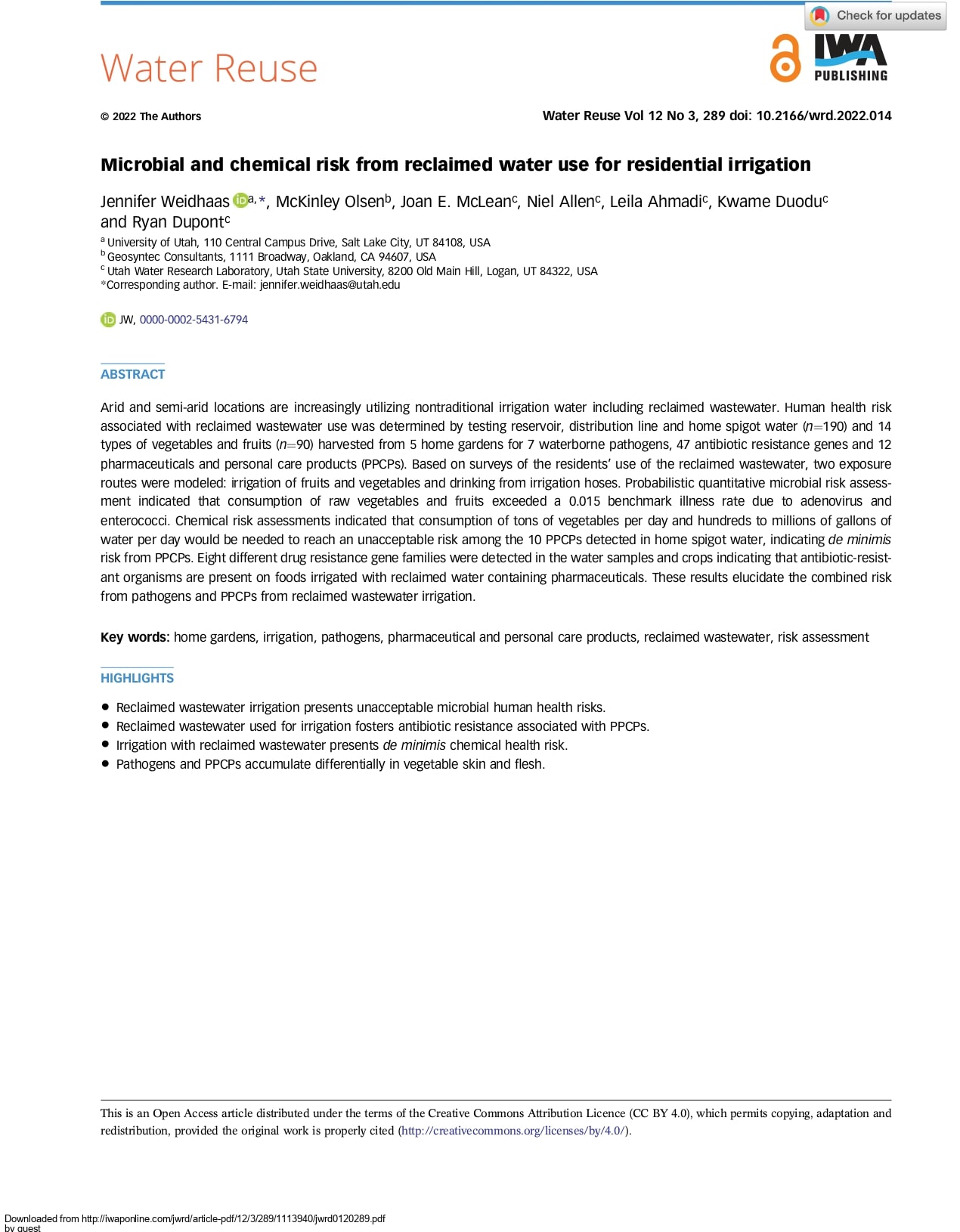
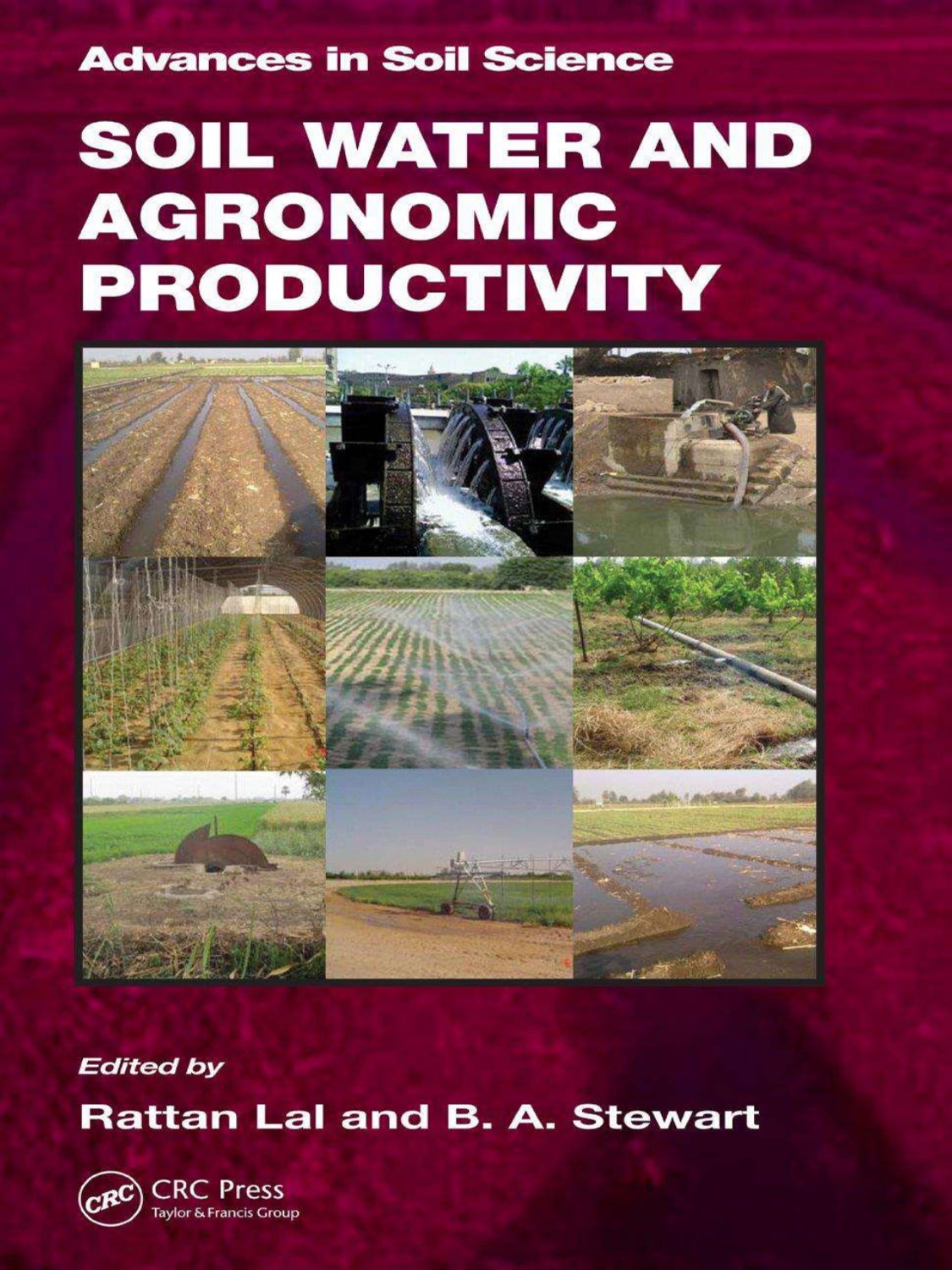




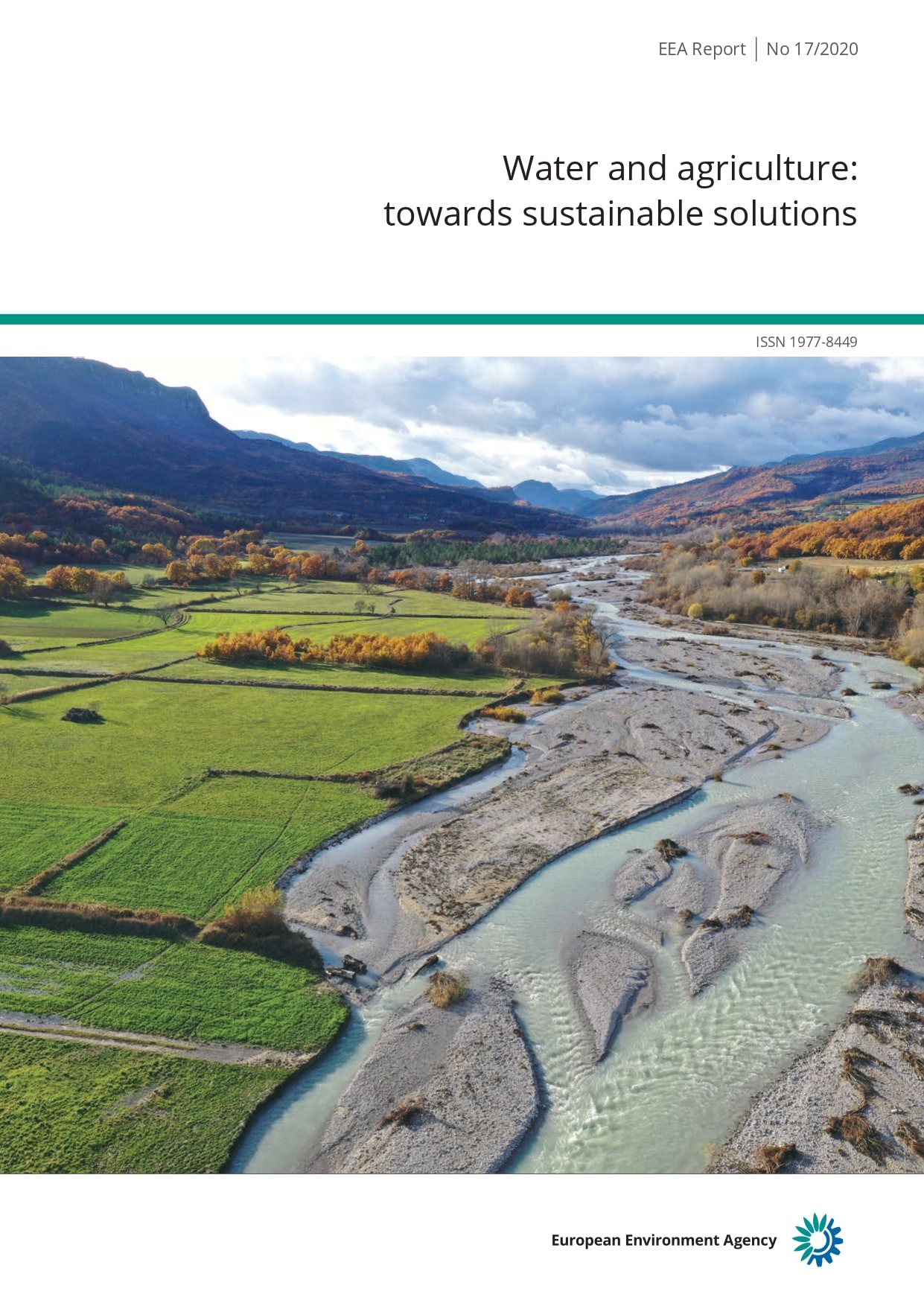


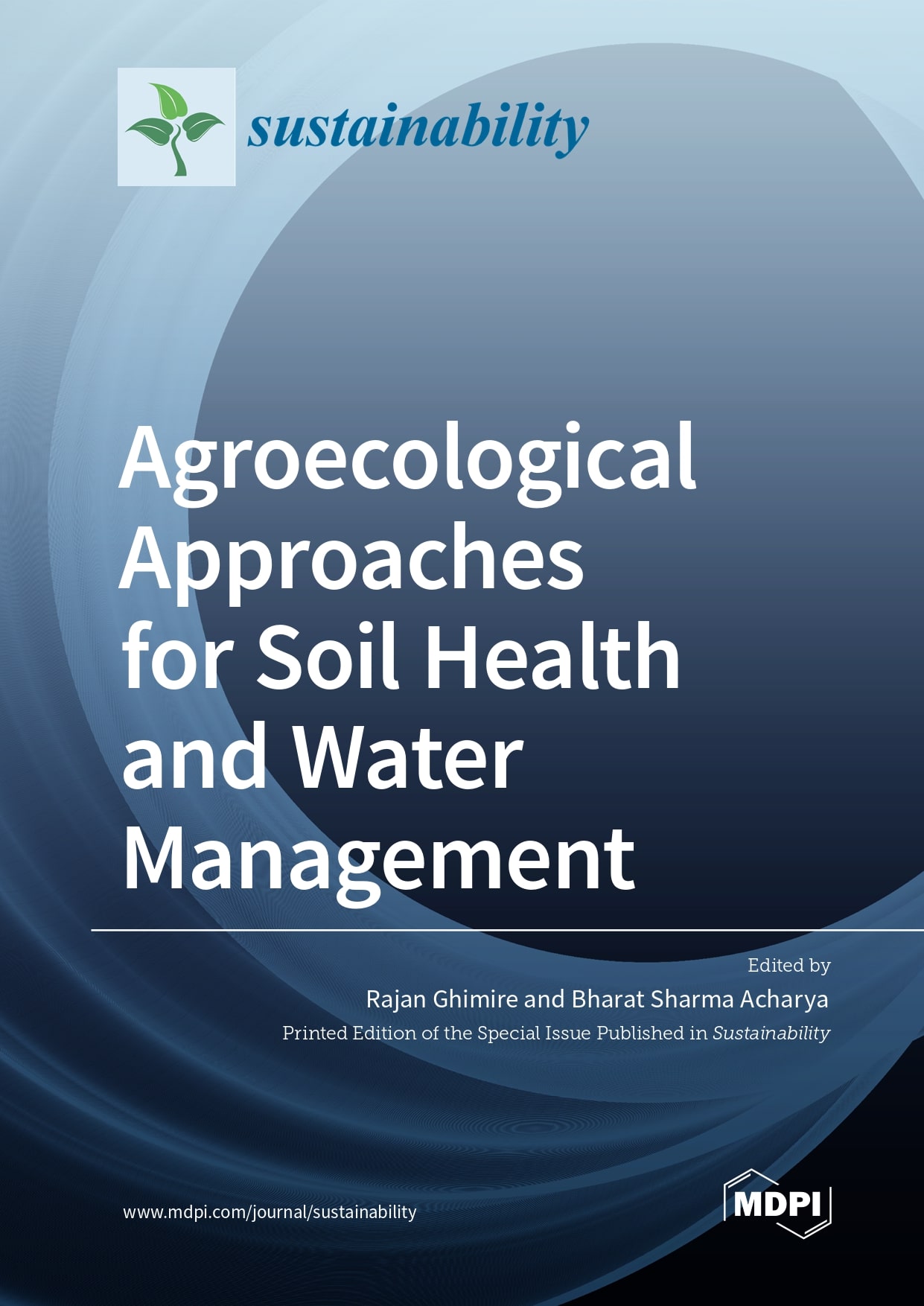
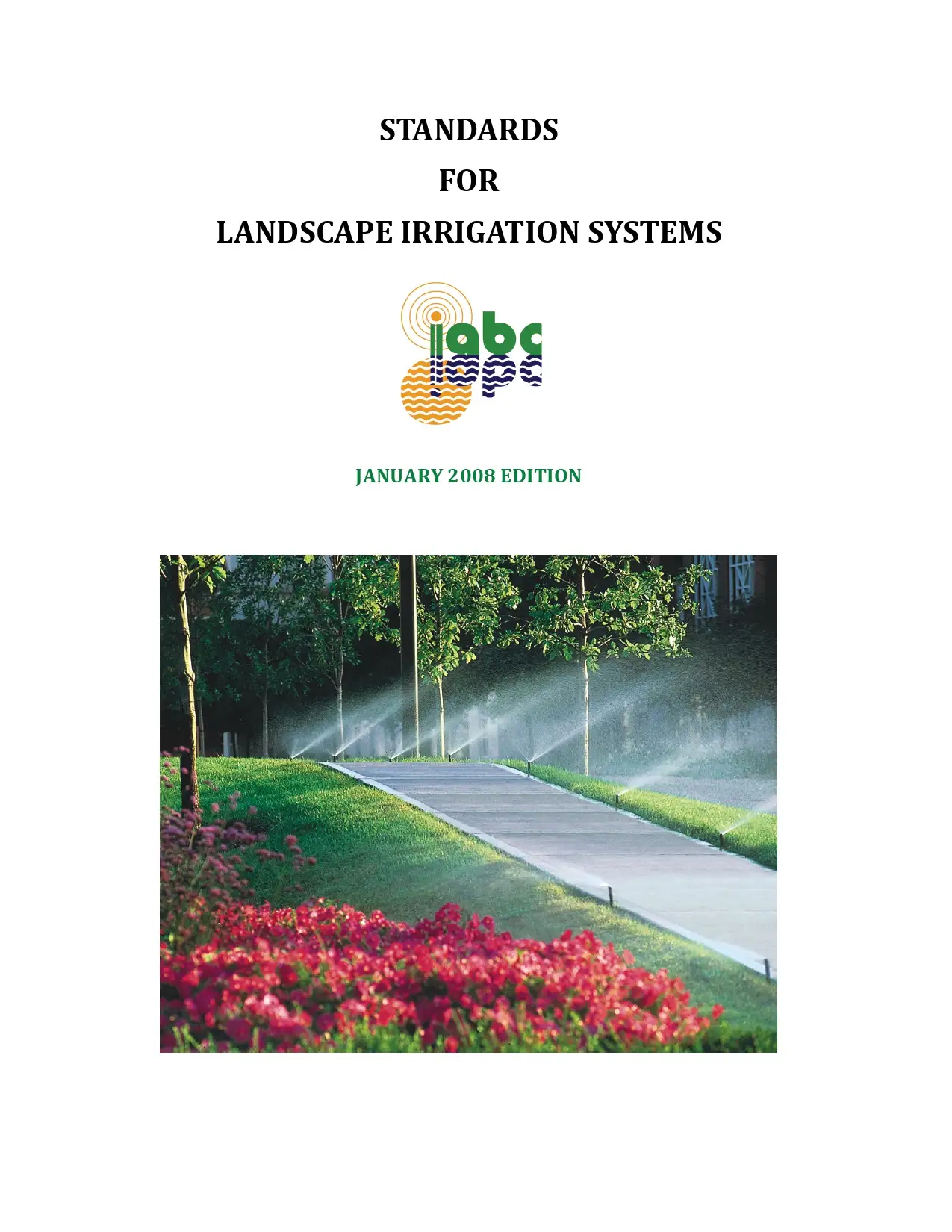

Reviews
There are no reviews yet.